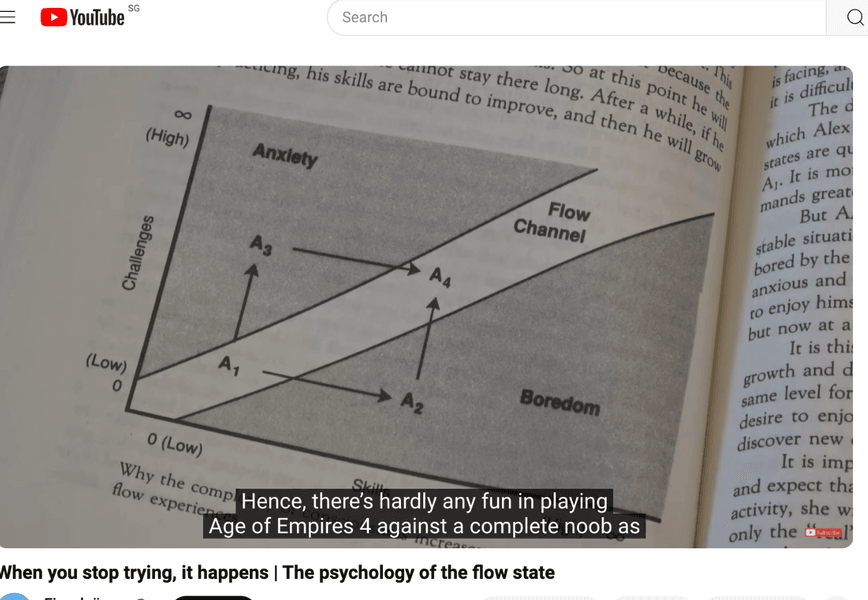about art and creativity
art is the medium to convey a feeling that has yet to be put into words. ‘Art is the relief from the duty of coherence,’ says Dr. Joost Vervoort, Associate Professor of Transformative Imagination at the Copernicus Institute of Sus- tainable Development, paraphrasing John Law
Michael Dean • Mega-Update

The psychology of the flow state
Elizabeth Goodspeed on the Importance of Taste – And How to Acquire It
“At the same time, art cannot be understood in terms of purpose. As the sculptor Charles Ray has said, art is “for absolutely nothing.” To make, or experience, art is to enter a kind of free zone; it slows us down, places us in some epistemological estuary, takes us into the wild. We make art from our flaws, fragilities, perversities, from our need
... See moreThe challenge is to structure one’s workflow in a way that insight and new ideas can become the driving forces that push us forward. We do not want to make ourselves dependent on a plan that is threatened by the unexpected, like a new idea, discovery – or insight.
Sönke Ahrens • How to Take Smart Notes: One Simple Technique to Boost Writing, Learning and Thinking – for Students, Academics and Nonfiction Book Writers
The goal of art isn’t to attain perfection. The goal is to share who we are. And how we see the world. Artists allow us to see what we are unable to see, but somehow already know. It may be a view of the world singularly different from our own. Or one so close, it seems miraculous, as if the artist is looking through our own eyes. In either case,
... See moreRick Rubin • The Creative Act: A Way of Being
The artifact isn't the art: Rethinking creativity in the age of AI
Music studios could invest in musicians and Spotify could invest in podcasts, giving those artists the capital they need to distribute their work on a grand scale, but the artist could retain majority ownership and creative control over... See more